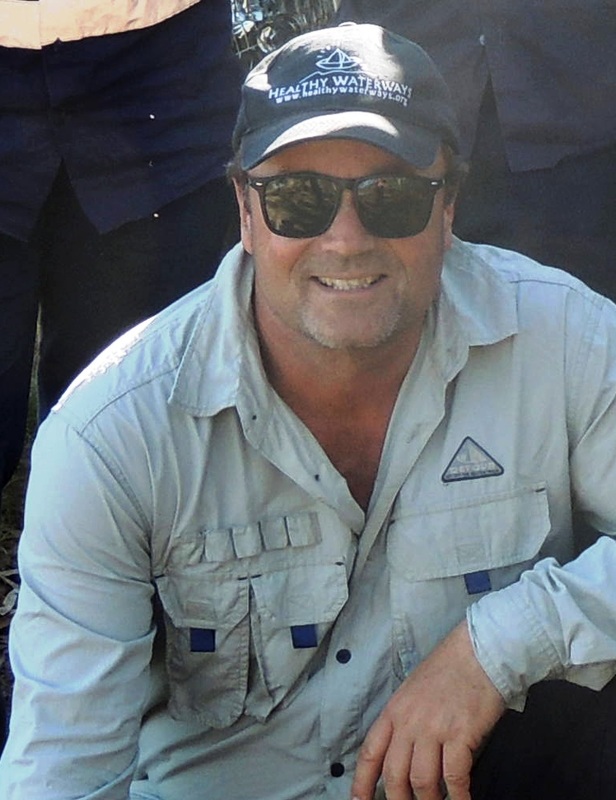The trees, so far are growing well and after one of our monitoring sessions we were amazed at the number of inhabitants using the small trees as either shelter or a source of food. Insect larvae including caterpillar and grubs were located on the growing tips of the trees. One tree in particular had shown heavy signs of leaf loss and an inspection revealed that a caterpillar which had recently pupated by using green silk web to pull some of the leaves together to form a cocoon.
Apart from the presence of insect larvae and other bugs we also noticed a number of galls formed on the underside of the leaves. Galls are quite common on Eucalypt and indeed many other trees including Acacia and Melaleuca and so it may not be a surprise to see them formed on the young plants. Galls are usually seen in the form of bumps or nodules on the underside of a leaf. They are caused by abnormal plant growth by the host plant in response to the invasion of its tissue by a number of insects including psyllids, wasps, flies, beetles, moths and aphids.
When an egg is laid onto the leaf it triggers a chemical response which induces the host plant to form a growth around the egg. The egg hatches and the insect larvae finds itself located in a shelter with food. Some larvae, hatch first and can actually bite the leaf and cause a gall to form (a bit like scar tissue). A number of other psyllids form a covering of sugary or waxy substance on the leaf to create a shelter (lerp) so they can feed on the leaf’s sap and reduce their chance of predation. A heavy infestation can cause quite an issue for the host tree, but this condition is generally unusual. Some of the specialist birds in the area, including the honeyeaters will often work a tree over including the foliage in search for some extra protein provided by the unlucky insects.
In the case of the recently planted koala propagules many of these insects have moved on or been predated and so the trees continue to develop at a healthy rate. No doubt other factors including hydrology and the soil may yet have an impact on them. Time will tell, but at least we know they may be small but they are growing rapidly and already support some interesting forms of life.

 RSS Feed
RSS Feed
